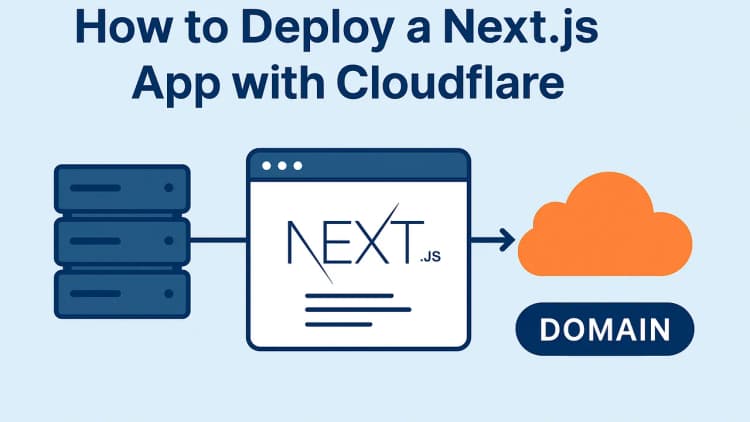Commit messages are often overlooked in the development process, but they can either be a helpful guide or a source of endless frustration for your team. By adopting semantic commit messages, you can ensure clarity, consistency, and improved collaboration. Let’s break down why they matter and how to implement them effectively.
What Are Semantic Commit Messages?
Semantic commit messages follow a structured format that clearly communicates the intent of a change. Typically, they begin with a type and may include scope and a short description. Here’s the general syntax:
<type>(<scope>): <short description>
[Optional body explaining the change in more detail]
[Optional footer for metadata, like issue references]
Common Types of Commit Messages
-
feat: A new feature
feat(auth): add OAuth2 support -
fix: A bug fix
fix(cart): resolve rounding issue on totals -
docs: Documentation changes
docs(readme): clarify setup steps -
style: Code style changes
style(ui): apply consistent spacing rules -
refactor: Code changes that neither fix a bug nor add a feature
refactor(api): simplify error handling -
test: Adding or updating tests
test(utils): add tests for edge cases -
chore: Other changes like dependency updates
chore(deps): update react to v18 -
ci: Changes to CI/CD configuration or scripts
ci(actions): update Node.js version in pipeline
Why Use Semantic Commit Messages?
-
Improved Team Communication
- Your team can quickly understand the purpose of a change by glancing at the commit history.
-
Automated Workflows
- Many tools, like semantic-release, rely on consistent commit messages to automate versioning and changelog generation.
-
Easier Debugging
- When tracking down issues, semantic messages provide clear hints about when and why changes were made.
Best Practices for Writing Semantic Commit Messages
- Be Concise: Stick to the point. Your commit message should explain the what and why without unnecessary details.
- Focus on Intent: Avoid describing how the change was implemented; that’s what the code is for.
- Review Your Message: Before committing, read your message and ask, “Would my teammate understand this without extra context?”
Examples of Good Semantic Commit Messages
-
fix(login): prevent crash when username is empty -
feat(editor): add autosave functionality -
docs(api): update endpoint descriptions
Conclusion
Semantic commit messages are a small change with a big impact. They’re not just for neat freaks—they’re a practical way to reduce frustration and foster better collaboration in your team. By adopting this habit, you’ll make life easier for your present team and any future developers working on the project. Start today, and see the difference!




